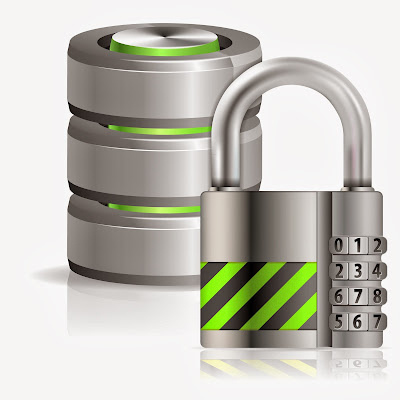Businesses today cannot afford to lose their data. It’s their
lifeline. So naturally they want to take all possible steps (they’re aware of)
to protect this data. But, unlike paper files or classified hard documents, you
cannot protect digital data by locking it up in a safe.
There’re other ways to do
that. Offsite backup is one of the many.
Smart small and medium scale
business owners nowadays opt for offsite backup solutions. Thanks to cloud solutions
and other technological advancements, it’s cheap and almost everyone with a
decent budget can go for even the highest quality remote backup solution.
What is Offsite Backup?
Every time an IT provider
talks about an offsite backup, they refer to just one out of different kinds of
backups. Basically, an offsite backup
means that the business data and backups of your company will be taken out of
the physical location your business is located at. That means, your backups
won’t be stored on your local network or stand alone hard drives! Having said
that, if there’s a natural calamity - your business critical data would be at a
safe location!
 Offsite backup normally
involves two ways including physical transport and remote backup. Physical
transport may include copying main files into a hard drive so that it can be
stored somewhere else. It also includes backing up of the whole system on tape
and storing it off site. That’s old school. Remote backup is the latest
method in which your data is stored on offsite servers. These servers in turn,
store multiple copies at different locations.
Offsite backup normally
involves two ways including physical transport and remote backup. Physical
transport may include copying main files into a hard drive so that it can be
stored somewhere else. It also includes backing up of the whole system on tape
and storing it off site. That’s old school. Remote backup is the latest
method in which your data is stored on offsite servers. These servers in turn,
store multiple copies at different locations.
Why Smart SMB Owners Opt for Offsite Backup Solutions
Reliability: Since offsite or remote backup can be automated, you don’t
really have to be a geek to use such a solution. This system updates your
files from time to time (normally daily) and you are allowed to set update
timing yourself as well. You can recover files
immediately should the need arise from any location in the world.
Reduced Workload: Unlike traditional solutions, remote backup solutions
don’t require IT professionals to back up data manually. You can initiate a
remote backup operation with just one click or schedule daily updates. For example, a remote server
may copy data from a particular folder or drive every five minutes or once in a
day. This saves time and reduces
manual efforts and workload.
Easy Set Up and Security: Remote backup solutions require a few clicks to be set
up and can even be automated so that your data remains up-to-date and backed up. The servers are located in highly
secure data centers. Most providers make use of the latest encryption tools to
keep your data safe.
Cost-effective Solutions: Remote backup solutions
save way more money than physical storage solutions do. In addition to that,
these solutions generally come with unlimited storage space and monthly charges
are quite reasonable.

No comments:
Post a Comment